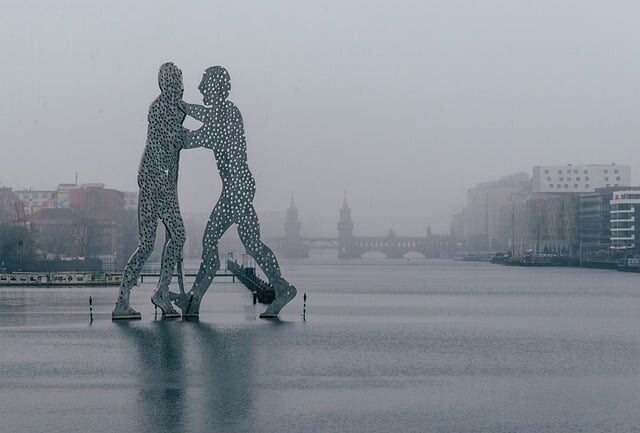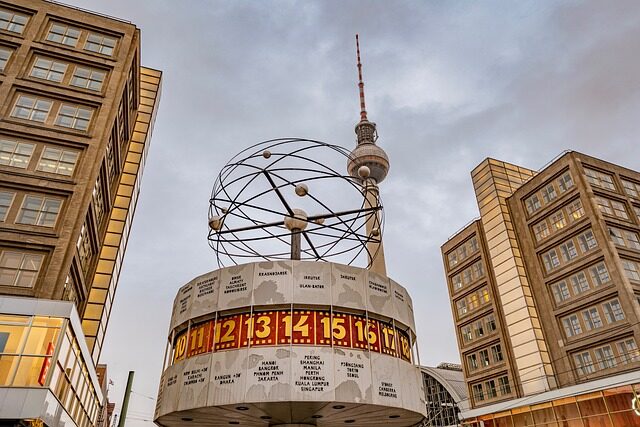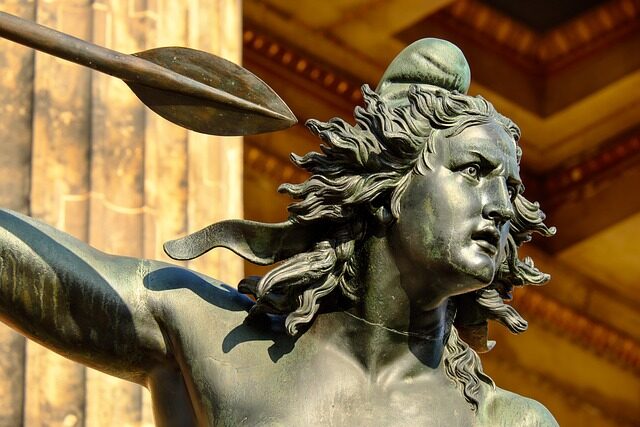Scandinavia, a region known for its stunning landscapes and profound cultural heritage, has also given rise to an array of most famous Nordic artworks that continue to captivate art enthusiasts around the world. These masterpieces have transcended time, encapsulating the essence of the Nordic spirit and its poignant history. Through this exploration, we will delve into the heart of Scandinavian artistry, uncovering the iconic works and artists that have left an indelible mark on the artistic landscape.
- What are the most famous Nordic artworks of all time?
- Who are the most notable Scandinavian artists and painters?
- What are the characteristics of traditional Norwegian art?
- How did Edvard Munch influence Nordic art?
- What winter landscapes are captured in Nordic art?
- Which Norwegian artists have made a significant impact?
- What are the most famous Nordic artworks of all time?
- Who are the most notable Scandinavian artists and painters?
- What are the characteristics of traditional Norwegian art?
- How did Edvard Munch influence Nordic art?
- What winter landscapes are captured in Nordic art?
- Which Norwegian artists have made a significant impact?
What are the most famous Nordic artworks of all time?
The Nordic region is home to a wealth of artistic treasures, with certain pieces achieving legendary status. Among these, Edvard Munch’s «The Scream» stands out as an emblem of existential angst. This iconic piece is not alone; many other significant influences in Nordic art have emerged, including the enigmatic works of Vilhelm Hammershøi and the vibrant compositions of Per Kirkeby. These artists, alongside others, have crafted works that resonate with the themes of nature, emotion, and the human experience.
Notable artworks that have shaped the Nordic art scene include «The Wild Swan» by Theodor Kittelsen, depicting the mystical allure of the Scandinavian folklore, and Harald Sohlberg’s «Winter Night in the Mountains,» a masterpiece symbolizing the silent beauty of Nordic winters. These artworks, together with many others, form the rich tapestry of the most famous Nordic artworks.
Who are the most notable Scandinavian artists and painters?
The roster of influential Scandinavian artists is as diverse as the region’s landscapes. Foremost among them is Edvard Munch, whose introspective works delve deeply into human psychology. Hammershøi’s tranquil interior scenes, with their play of light and shadow, have placed him among the pantheon of greats.

Furthermore, Per Kirkeby’s abstract expressions and Johan Christian Dahl’s romantic landscape paintings have been instrumental in defining the artistic voice of the Nordics. Gustav Vigeland’s sculptural works, immortalized in the Vigeland Sculpture Park, showcase the versatility and depth of Norwegian artistry. These artists collectively represent the pinnacle of Nordic creativity.
What are the characteristics of traditional Norwegian art?
Norwegian art is steeped in a history that spans from the Viking Age to modern times. Traditional themes often reflect the characteristics of Scandinavian painting, including the depiction of rugged landscapes, and a deep reverence for nature. There is also a strong narrative element, with ancient myths and legends frequently serving as the subject matter. The use of wood carving and tapestry can also be traced back to Norway’s artistic roots, showcasing the country’s rich heritage.
Traditional Norwegian art is marked by a strong connection to the country’s pastoral and maritime heritage, often featuring scenes of rural life, fjords, and the Northern Lights. This connection to nature and the elements is a hallmark of the distinct aesthetic found in traditional Norwegian artworks.

How did Edvard Munch influence Nordic art?
Edvard Munch’s impact on Nordic art cannot be overstated. His bold use of color and evocative, sometimes unsettling imagery challenged the norms of his time and opened new avenues for emotional expression in art. Munch’s themes of love, death, and anxiety echo throughout Nordic art, influencing countless artists in his wake.
His experimentation with various techniques, including printmaking and his proto-expressionist style, set a precedent for modern art in Scandinavia. Munch’s most notable works, such as «The Scream» and «Madonna,» continue to inspire discussions and interpretations, underscoring his lasting legacy in the art world.
What winter landscapes are captured in Nordic art?
The stark and serene beauty of Nordic winters has been a recurring theme in Scandinavian art. From the hauntingly beautiful auroras to the silent snow-covered forests, Nordic artists have long sought to capture the essence of winter in their work. The Northern Lights exhibition features a collection of such artworks, highlighting the region’s unique climate and its influence on art.

Artists like Anna Boberg and Harald Sohlberg have immortalized the frigid elegance of the Nordic winter, depicting frozen lakes, snow-laden trees, and the eerie glow of moonlit nights. These winter landscapes speak not only to the geographical identity of the Nordics but also to the themes of isolation and introspection that are prevalent in Nordic culture.
Which Norwegian artists have made a significant impact?
Aside from Edvard Munch, Norway has been a fertile ground for many artists who have made a significant impact. Johan Christian Dahl, often regarded as the father of Norwegian landscape painting, brought the beauty of Norway’s nature to the forefront of art. Gustav Vigeland’s sculpture work, known for its expressive and often controversial depictions of the human form, has cemented his status as a key figure in Norwegian art.
Contemporary artists like Odd Nerdrum continue to push the boundaries of Norwegian art, creating works that combine traditional techniques with modern sensibilities. These artists, with their individual styles and thematic focus, have contributed to the diverse and vibrant landscape of Norwegian art, making it a vital component of the wider Nordic art scene.

In conclusion, the most famous Nordic artworks and the artists behind them offer a window into the soul of Scandinavia. Their influence extends beyond the canvas, shaping the cultural and artistic narrative of the region. From the haunting works of Munch to the serene landscapes of Hammershøi, and the innovative contributions of contemporary figures, Nordic art remains a testament to the enduring spirit and complex emotions that define the human condition.


